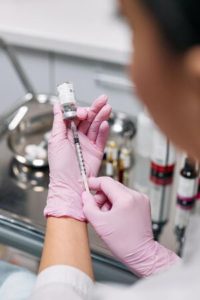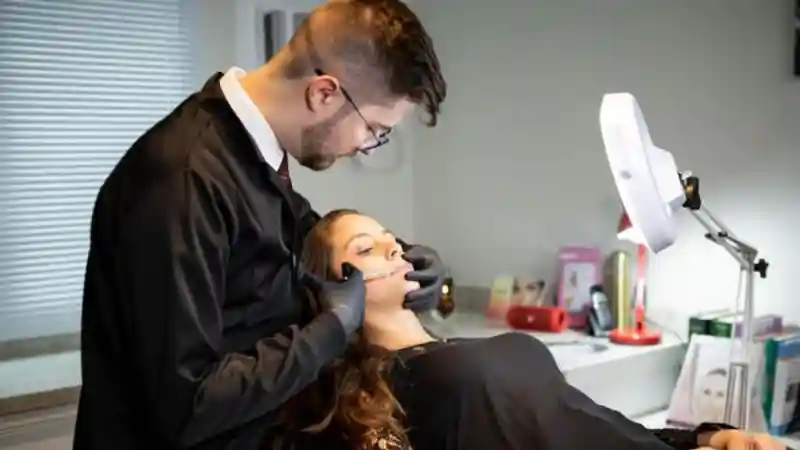Advanced treatment to solve dermatological problems that could not be cured in the past. Botox is a drug that is made from a toxin. It comes from the bacterium Clostridium botulinum. It is a type of protein that comes from the Botulinum toxin. This toxin also causes botulism. A life-threatening type of food poisoning. The drug is used in minute amounts to treat dermatological and other health issues.
It helps treat the following problems:
- Temporary smoothing of facial wrinkles and improving your appearance
- Smoothing facial wrinkles temporarily.
- Reduce excessive underarm sweating.
- Resolves chronic migraine and overactive bladder.
- Controls Blepharospasm – excessive and uncontrolled eye blinking.
- Reduces Cervical dystonia – a neurological disorder that results in severe shoulder and neck muscular contractions.
What is Botox made of?

Botulinum toxin (Botox) has 7 different types of neurotoxins. However, toxins A and B are used clinically. Toxin A is used more for dermatology and cosmetic purposes.
The injected dosage contains a very tiny amount of highly purified botulinum toxin protein. It is refined from the bacterium Clostridium botulinum.
What does Botox do?
The Botox drug paralyzes or weakens the muscle you inject it into. At times, it may also block specific nerves. Its results may last for up to three to twelve months. The reason why post-sessions are essential once a person starts Botox treatment.
Botox injections obstruct the signals from nerves to muscles. For example in the case of wrinkles treatment. The skin muscle won’t contract, which relaxes and softens the wrinkles, making the fine lines disappear.
Botox injections halt the release of acetylcholine. This is the chemical messenger released by nerves at the junction between nerve endings and muscle cells. The absence of the chemical avoids muscle contractions since nerve signals are not reached. Therefore, muscles get less stiff and improve skin and appearance.
The wrinkles or lines treated by Botox are most useful on forehead lines, frown lines, and crow’s feet, which are the lines around the eye. Botox treatments are not effective against wrinkles caused by gravity or sun damage.
These treatments may give positive results externally. However, they obstruct a natural mechanism and inhibit the function of the chemical messenger. This can result in many side effects for the skin and body.
Side effects of Botox
Botox treatment may have short-term side effects. These are mostly due to the numbing of skin and injection syringes applied to sensitive body parts like the face, lips, and eyes. These can cause:
- Swelling, pain, or bruise on injection site,
- Fever
- Chills,
- Headache
If the injection site is an eye
- Excessive tearing
- Swollen eyelids
- Dry eyes
- Drooping eyelids
- Uneven eyebrows
These may go away in a couple of hours or maximum a day.
In some rare cases, people may develop botulism-like symptoms. Seek for immediate medical consultation for this. For example,
- Speaking problem,
- Swallowing problems,
- The visual or breathing problems,
- General weakness.
- Loss of bladder control
Most Botox side effects are temporary, but some conditions may continue for a long time. For example,
- Neck weakness,
- Vomiting,
- Nausea
- Chewing difficulty,
- Heart palpitations,
- General weakness,
- Drooping eyelid,
- Swallowing problems.
Moreover, in some cases, the treatment may not be successful. Therefore it results in asymmetrical issues or frozen and expressionless faces.
Botox should not be taken by pregnant or breastfeeding ladies.

